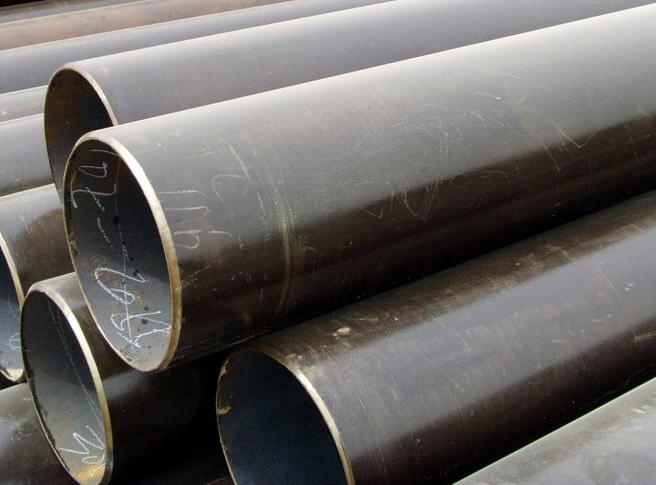Carbon Steel
The Carbon steel is presently most widely used type of the steel. Carbon steel is primarily used in a wide variety of products like structural products, automobiles bodies, cans, canisters, cylinders and various kinds of house appliances. The properties of carbon steel are heavily dependent upon the carbon amount among the total ingredients. Generally, carbon steels are composed of such contents that carbon remains 1% among those contents. Carbon steel is primarily available in three types, the low carbon steel, medium carbon steel and high carbon steel. These types are according to the amount of carbon in that steel. The carbon steel along with carbon also contains small amounts of Manganese, Sulphur, Phosphorus and Silica.

Stainless Steel
Stainless steel is well known iron alloy with chromium addition at a minimum percentage of 10.5%. It was initially developed for manufacturing of dinning utensils and cutlery items. It is extremely rust and corrosion resistant due to its high grade contents. The stainless steel also includes other metals in its combination like Copper, Molybdenum, Nickel, and Titanium.

Related: What are the causes of water leakage in a Building
Difference Between Carbon Steel and Stainless Steel
Carbon steel and stainless steel has many differences in various aspects. With the help of following canbon steel vs stainless steel comparison table we can find the composition, usage, advantages and disadvantages of both the canbol steel and stainless steel:
Carbon Steel |
Stainless Steel |
| 1. The major ingredient with iron is carbon. | 1. The major ingredient with iron is chromium. |
| 2. It has three types, High carbon steel, low carbon steel and medium carbon steel. | 2. It has only one type that is stainless steel. |
| 3. Carbon steel is highly flexible and elastic for multiple usages. | 3. The flexibility of stainless steel is less in comparison thus limiting its use to the cutlery and kitchen products only. |
| 4. Carbon steel has balanced strength and ductility with very good resistance against wear. | 4. It bears comparatively less strength and resistance against the adverse environmental factors. However, stainless steel is tremendously long-lasting. It provides great resistance to stain, rust, corrosion and pitting etc. |
| 5. Carbon steel can easily be tempered to extremely great hardness. | 5. Tempering of stainless steel to high strengths is not an easy process without using other ingredients. |
| 6. The low carbon steel is subject to yield-point run out and the mild steel possesses relatively a low tensile strength | 6. Stainless steel when treated bears great finishing with great tensile strength and nice look. |
| 7. Carbon steel is generally used for manufacturing of large sized parts, for forging and components used in automotives. Usage of high carbon steel is primarily in fabricating the springs and high tension cables/ wires. | 7. Stainless steel is used in products where high degree of finishing and cosmetic effects is required. Kitchen surfaces, cutlery, sanitary products etc are the prime examples. |
| 8. Carbon steel usually requires lubrication for better preservation, friction and wears resistance and durability. | 8. Stainless steel does not require any kind of lubrication treatment and it always gives a finished and sophisticated look. |


Both the alloys have a wide usage in different kinds of products. The Carbon steel depending upon the representation of carbon contents is majorly used in component manufacturing, automobile parts, moving parts, construction application, casted objects and the undercarriages of the vehicles etc. The stainless steel is majorly used in home appliances, pipes manufacturing, kitchen products, sanitary applications and special purpose knives, axes etc.
